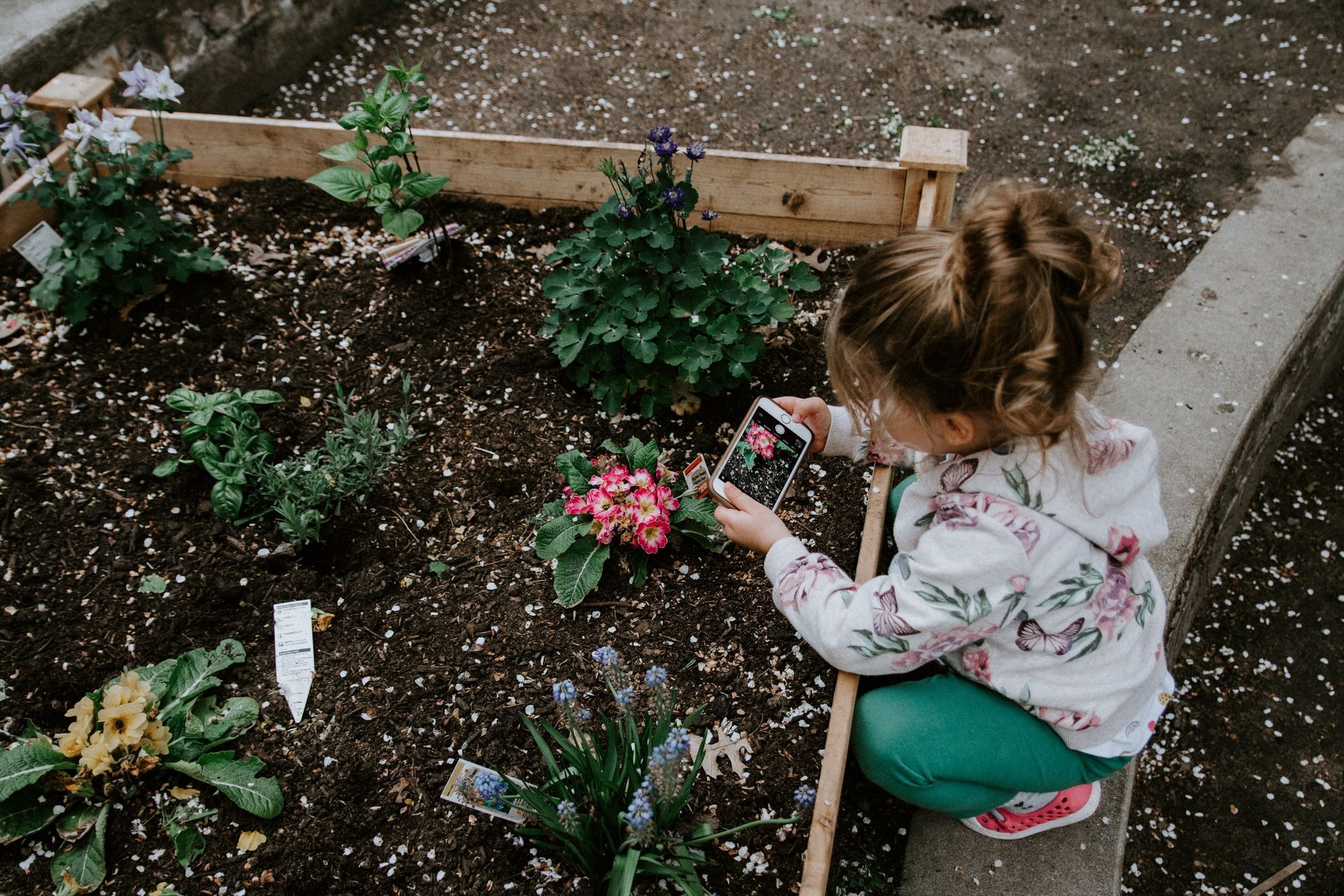How Do You Landscape A Garden For Beginners
Telephone:
0115-824-4801
What Exactly is Garden Landscaping?
Garden landscaping is the process of transforming a garden into an attractive and functional outdoor space. It involves selecting elements such as plants, structures, lighting, and paving materials to create a desired aesthetic. Garden landscaping can also include activities such as adding soil amendments to improve drainage or soil quality; creating pathways; and installing irrigation systems. A well-designed garden should be both beautiful and practical—providing areas for relaxation, entertaining, or growing food.
The overall goal of garden landscaping should be to enhance the existing environment while meeting the homeowner’s needs and desires. In order to achieve the perfect balance between form and function, it is important to carefully consider factors such as climate zone, soil type, available sunlight exposure, budget limitations, and any local ordinances or restrictions. With the right design, garden landscaping can be a rewarding and enjoyable experience for homeowners.
By creating spaces that suit their lifestyle and reflect their personal style, they can take pride in their property’s beauty as well as its value. Additionally, properly designed gardens are proven to reduce stress levels, improve air quality, and provide a natural habitat for wildlife species. Therefore, when done correctly, garden landscaping is an investment that pays off both aesthetically and economically. With the help of a
professional landscape designer or architect, anyone can bring their dreams of a beautiful outdoor space to life. A professional will be able to help homeowners create a plan tailored specifically to their needs while taking into account all of the necessary details like soil type, climate, budget, and more. Furthermore, they’ll be able to guide homeowners through each step of the process from creating a design plan to selecting plants, hardscaping materials, and other features. With professional garden landscaping services, anyone can transform their outdoor space into an inviting oasis that offers beauty and joy for many years to come.
Beginner Landscaper? Here Are Som Fun Ways To Landscape Your Garden
If you are a beginner in landscaping, the possibilities for transforming your garden can seem intimidating. But there are plenty of simple and fun ways to spruce up your outdoor space! Here are some easy ideas to help get you started:
1. Plant some flowers - colourful plants and blooms can instantly brighten up any area of your garden. Consider planting perennials that come back year after year, or annuals that will give you bursts of colour throughout the season.
2. Build a path - pathways add visual interest and make it easier to navigate around your yard. You could use stepping stones, flagstones, bricks, gravel, or another type of material such as mulch or bark chips to create an interesting path.
3. Install a water feature - your garden will instantly become more inviting with the sound of running water. Consider adding a fountain, small pond, or stream to your outdoor space.
4. Create an outdoor seating area - take advantage of your yard and build a comfortable spot for relaxing or entertaining guests! You could add some chairs, benches, or even couches to create a cozy atmosphere.
5. Add lighting - lights can help you make use of your garden even at night! String up some solar-powered lights around trees or along pathways for added illumination and ambiance in the evening hours.
These are just a few ideas to get you started on sprucing up your landscape - there are so many other possibilities to make your garden a beautiful and inviting place. With some creativity and effort, you can turn your backyard into a paradise!
Good luck on your landscaping journey - we hope these tips help you create a stunning outdoor space that will bring joy to everyone in your home. Have fun!
Landscape Design Pre-Consideration
When considering a landscape design, there are a few key aspects to consider. First, you should consider the size of your property and what type of space you have available. If your property is small or has limited space, you may want to look into options such as container gardens or raised beds. You should also think about how much time you are willing and able to spend maintaining the garden so that you can plan accordingly.
You should also think about what type of climates your area experiences and choose plants suitable for those conditions. Additionally, it’s important to research which types of plants will thrive in the environment since some plants require more maintenance than others, depending on their needs. It's also wise to measure out any hardscaping elements you plan to install, such as decks and patios, so that they are the right size and shape for your space.
Finally, it’s a good idea to consider any local ordinances or regulations that may affect landscape design in your area. This includes restrictions on fencing heights and distances between buildings, as well as restrictions on certain types of plants or trees. By taking these regulations into account during pre-design planning, you can ensure that your project will be approved by the local authorities.
By carefully considering all of these factors before starting a landscape design project, you'll be able to create an outdoor space that is both beautiful and practical for years to come. A thoughtful pre-design process will also help you avoid costly mistakes and delays during the construction process. Lastly, researching local regulations ensures that your landscape design meets all necessary standards and requirements. With careful pre-design planning in place, you can rest assured knowing that your project will not only be aesthetically pleasing but also compliant with the local council.
How to choose appropriate plants for your flower beds
After deciding on the colours, shapes, and sizes of your flower bed, you can start to choose appropriate plants. The selection process will depend largely on the season, soil type, climate zone, sunlight exposure, and the amount of water needed.
For a traditional flower bed with an array of colours and textures, look for annuals that bloom prolifically throughout the warm months when paired with other flowering varieties and evergreens for winter interest. Some popular options include impatiens, petunias, and marigolds. If you prefer a more controlled look to your flower bed, consider using perennials like day lilies or lavender which come back year after year in consistent patterns.
When planning around soil type or moisture levels, consider plants that are tolerant to wet soils, salt, or clay. A good resource for determining which plants will work best in different climates is your local extension office or nursery workers. They can advise you on which species of plants do best in your area and provide information about care requirements and seasonal tips.
Once you have selected the types of flowers to use in your garden bed, think about how to arrange them. Plant taller varieties like hollyhocks and foxgloves towards the back or centre of the beds, then layer shorter varieties like cosmos or dahlias in front for a pleasing display. You should place any evergreen bushes around the perimeter of the flower bed if desired, too. Finally, make sure to factor in space for paths or seating areas if you want to create an outdoor oasis.
When it comes to caring for your flower bed, a bit of maintenance will go a long way. Deadheading spent blooms helps to ensure that the plants stay healthy and vibrant longer. You'll also need to water regularly, especially during the hottest parts of summer when rainfall is scarce. Regularly turning over the soil in your flower beds ensures that nutrients are distributed evenly throughout and helps keep weeds from taking over. Lastly, apply a layer of mulch around the base of each plant to protect its roots and help retain moisture. With these tips in mind, you should have no problem creating beautiful flower beds for your home.



